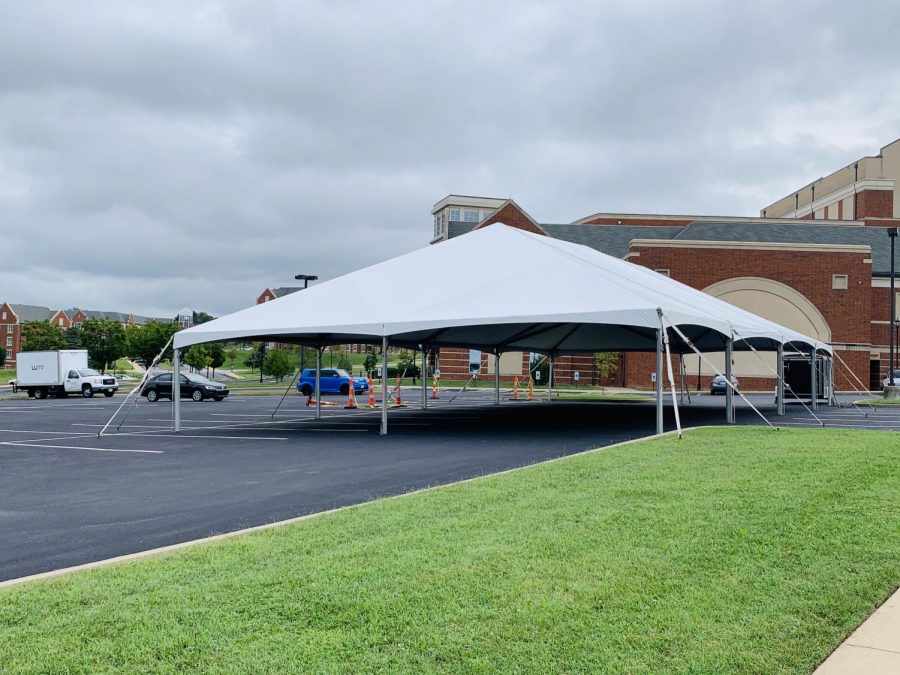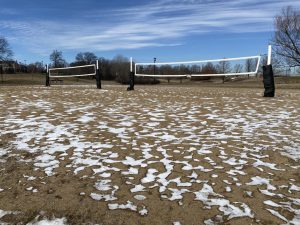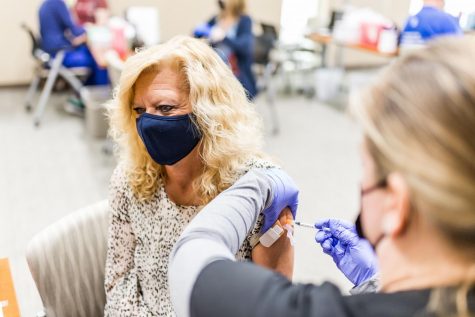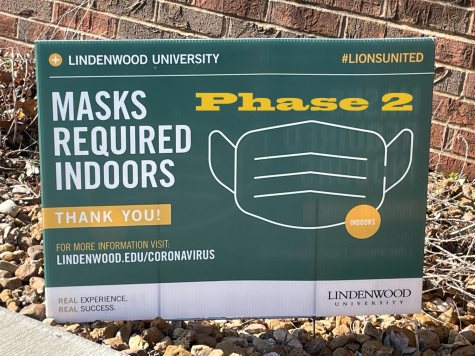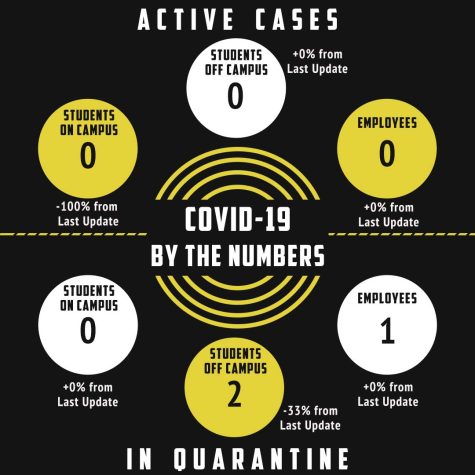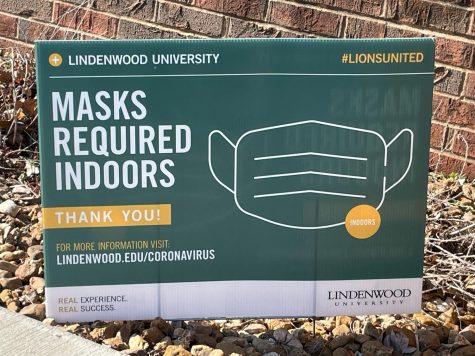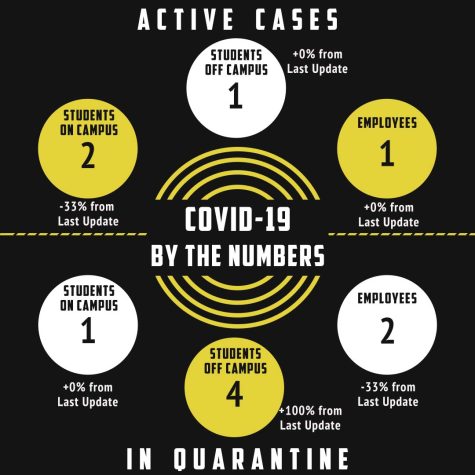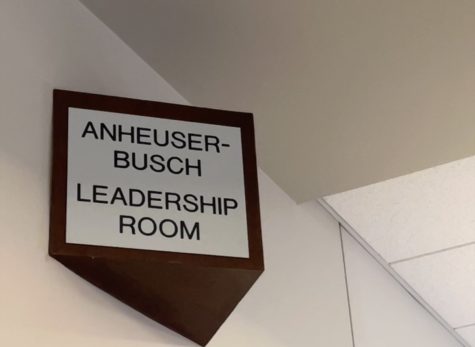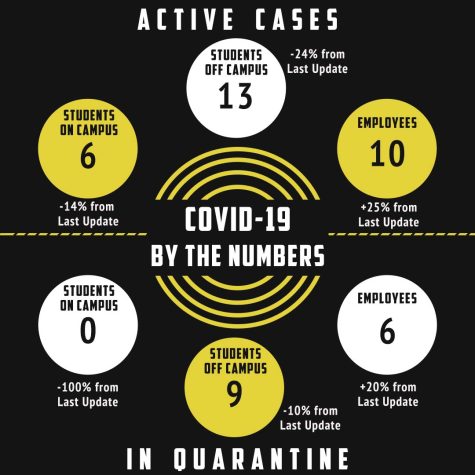New outdoor classroom built outside of Scheidegger Center due to COVID-19
Photo by Daniel Bell-Nguyen
The new outdoor classroom space for performing arts students outside of the J. Scheidegger Center for the Arts.
September 4, 2020
An outdoor classroom was built outside of the J. Scheidegger Center for the Arts in the wake of COVID-19.
The 40-by-80 foot canopy is currently placed in the parking lot on the west side of the Scheidegger Center. Performing arts students will occupy the space for classes like choir, dance, band, and acting.
Kate Herrell, an Associate Dean of the School of Arts, Media, and Communications, was instrumental in securing and setting up the outdoor classroom space.
Herrell said the idea came from recommendations from the National Federation of State High School Associations.
“We’ve been paying very close attention to the professional organizations and their recommendations about mitigating virus spread,” Herrell said. “There is an ongoing study that is being sponsored by all the performing arts organizations that is looking at aerosol dispersal [of instrument playing, acting, singing, and dancing] and testing the airflow. One of their primary recommendations was to move these activities outside.”
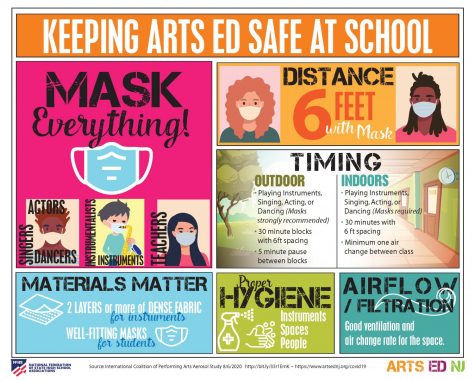
While the study has preliminary results, Herrell said the performing arts departments will adjust to the recommendations of experts in what’s best for classroom instruction. Herrell said there are other initiatives implemented to make indoor class instruction safer in the event of inclement weather.
“We’ve installed HEPA (high-efficiency particulate air) filter air scrubbers to help increase the air changeover rates in those classrooms,” Herrell said. “We are doing extra cleaning between classes, allowing for more time between classes, [and] limiting the amount of rehearsal time so the HEPA filters can do their thing and change over the air.”
Herrell said the response from students has been positive as the new outdoor classroom space allows for more students to rehearse together (with social distancing in place), rather than divided up indoors in much smaller groups. She said classes have already started to meet in the new outdoor space.
“They seem to be really grateful that we found a way for them to have their entire ensemble together and space for larger numbers to get together,” Herrell said. “If they were indoors, only a fraction of the students would be together at one time.”
Herrell said teaching has been more difficult for some faculty due to COVID-19, but she is optimistic for the current semester. She credits the Information Technology Department for their help in making the transition to virtual learning easier.
“It’s been quite a learning curve for our faculty to learn how to use all the technology and to strategize ways to keep students engaged, both in-person and remotely,” Herrell said. “But I really feel that they’re rising to the challenge… so that they can welcome students with little disruption as possible.”



